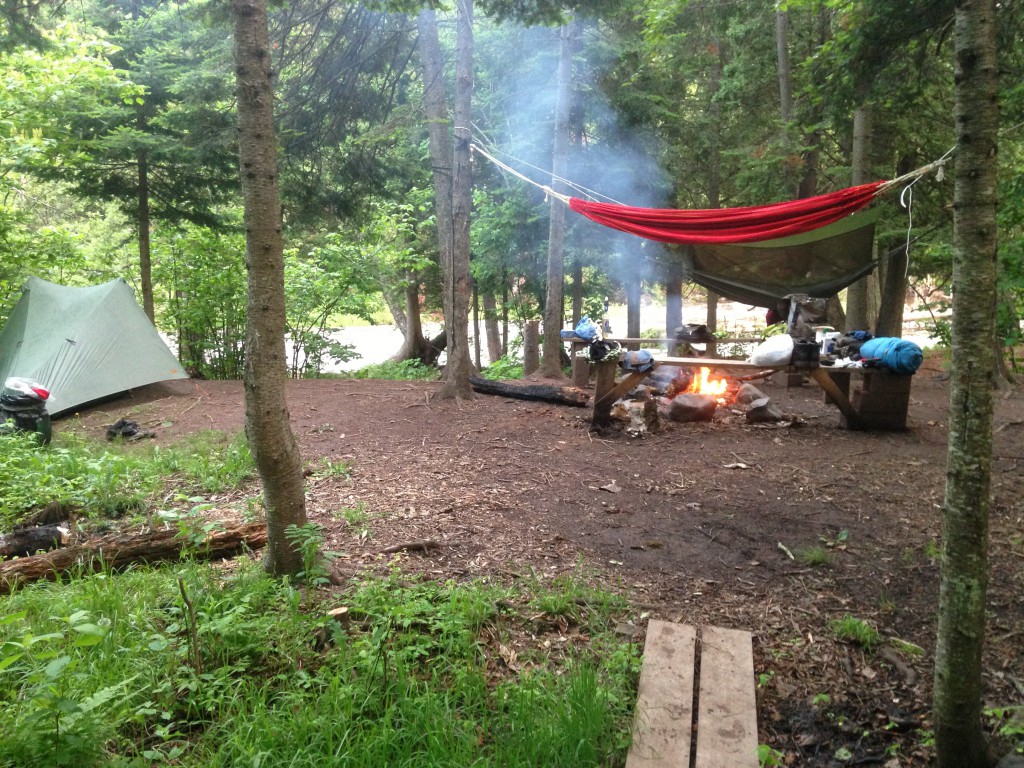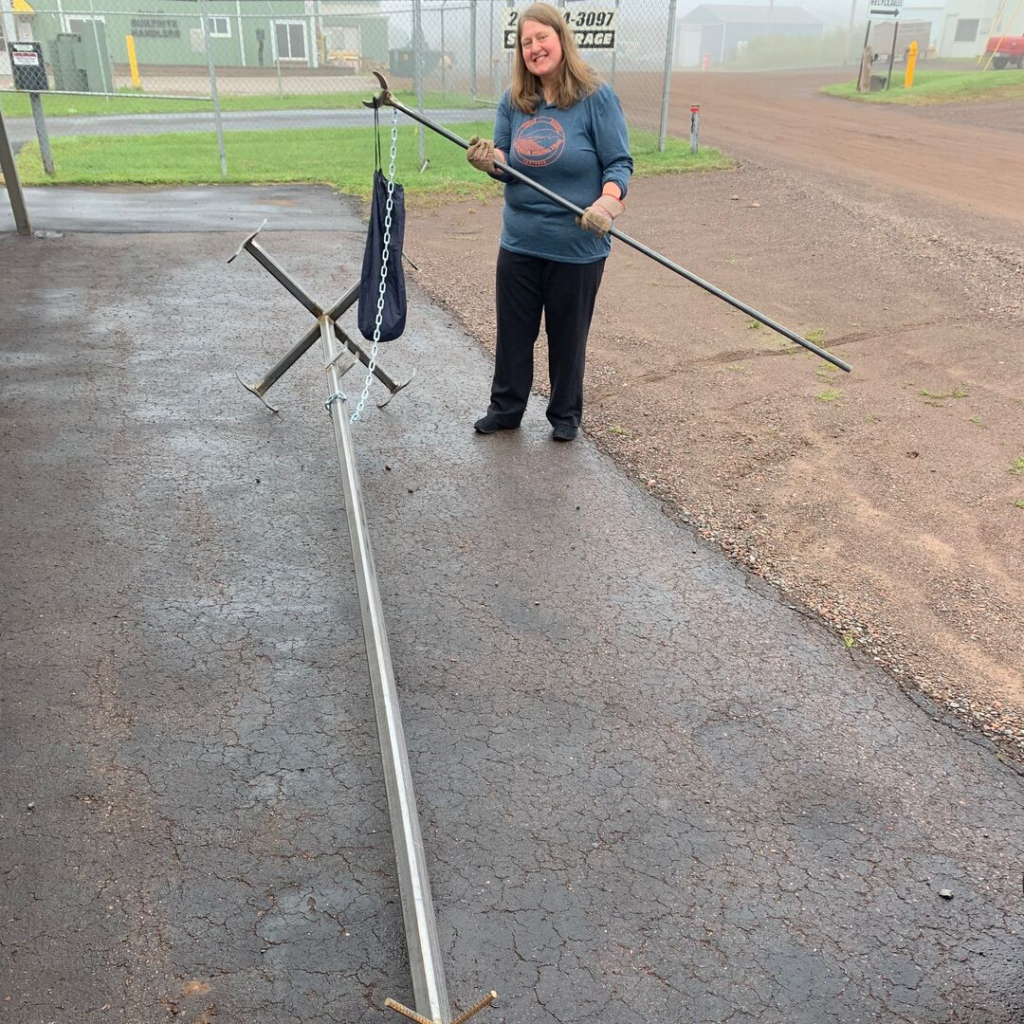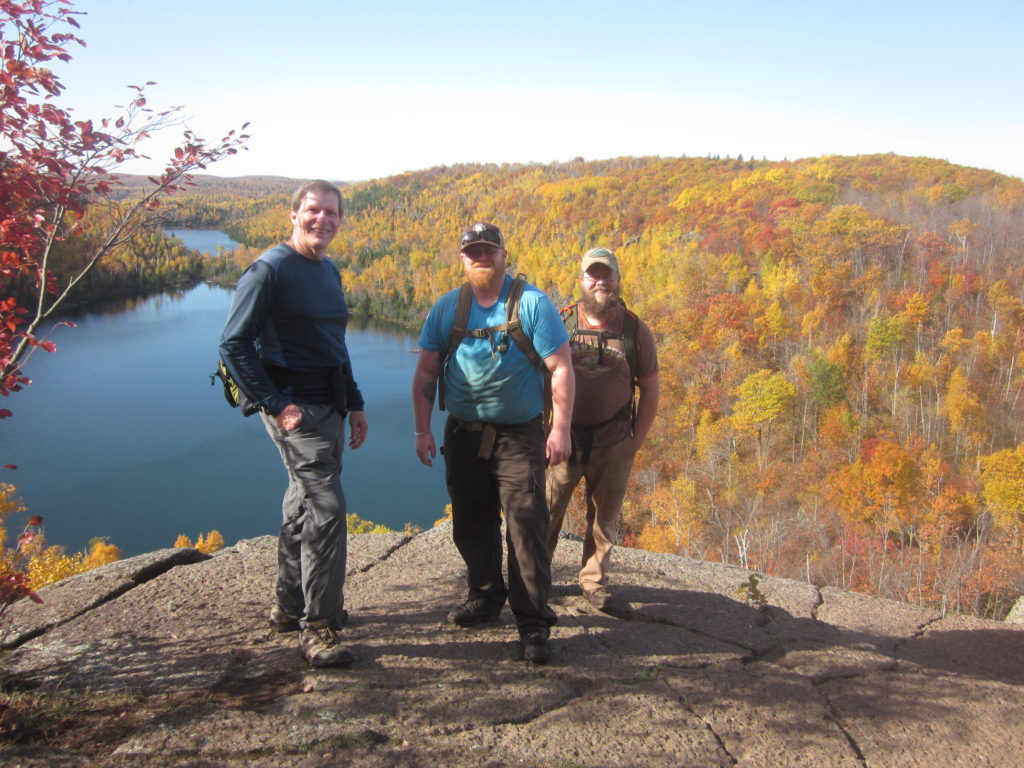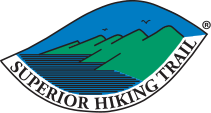Expert Eyes Evaluate SHT Campsite
October 28, 2019
Last year, the Superior Hiking Trail Association brought in experts to evaluate our Trail and help us make decisions about renewal priorities. Absent from those conversations, however, was an assessment of the SHT’s occasionally less-than-sustainable campsites.
With increasing trail use and pressure on our tent pads and latrines, we know it’s time for a serious conversation on how to move forward to better manage our 94 campsites and plan for more sites in the future.
Sustainable Trails? Yes. But What About Sustainable Campsites?

Anyone who has spent a night at an SHT campsite knows the magic of camping out in the northwoods. We aim to protect that experience for future SHT users.
Following the same approach as our trail evaluations, we sought out a campsite management specialist for advice to shape our plans. And we found the perfect person to call in — Dr. Jeff Marion, a recreation ecologist stationed at Virginia Tech in Blacksburg, VA.
Dr. Marion is well-known for his work around the country on recreation ecology issues, and he’s familiar with the challenges we face here in northern Minnesota after spending significant time studying campsite impacts in the BWCA.

Improvements to SHT campsites are already on the way. A trial run of bear poles will soon be installed at several campsites to offer easier food hanging options for campsite users.
Dr. Marion agreed to visit the SHT in mid-October, and he spent two days with SHTA staff, volunteers, and partners working through his process for evaluating and managing recreation impacts. With Tamer Ibrahim, Jo Swanson, contractor Han Taylor, volunteer extraordinaire Zach H.B. Johns, and US Forest Service staff Tammy Cefalu, he led the group through a sustainable camping management workshop focused on research-based approaches and best management practices.
The following day, the group journeyed to Bear Lake Campsite to discuss the issues and potential solutions at one of the most over-loved campsites on the entire SHT.

Dr. Jeff Marion (left) joined SHTA staff, contractors, volunteers, and partners to assess the popular Bear Lake Campsite as a case study.
A few insights from the workshop that we’ll consider implementing at SHT campsites:
- Build or relocate campsites to a more sustainable location where they’ll be easier to manage usage and prohibit site expansion. Well-built campsites on sidehills or sloping terrain appear to be the most effective locations.
- Use rocks to “iceberg” unauthorized tent pads and place logs around designated campsite areas to create a border.
- Install bear poles, boxes, or cables to avoid wildlife problems.
- Construct nicer tent pads that invite campers to stick to designated sites.
With guidance from experts like Dr. Marion and collaboration with our land-managing partners, we’re excited to continue our proactive efforts to preserve and improve the camping experience on the SHT.
Wondering what can you do to help keep SHT campsites in great shape?
- Camp only at designated SHT campsites, and be respectful to other campsite users. Remember that all SHT campsites must be shared.
- Practice Leave No Trace at all times on the SHT.
- Consider signing up to become a volunteer Campsite Adopter or attending a future Elite Latrine Digging Squad training. Visit the Volunteer page for more information.
- Donate to support SHTA’s work to ensure the Trail, campsites, and trailheads are protected and improved for the future.
Special thanks to Dr. Jeff Marion for making the trip to share his research and wisdom with us. Learn more about his research and publications here.
